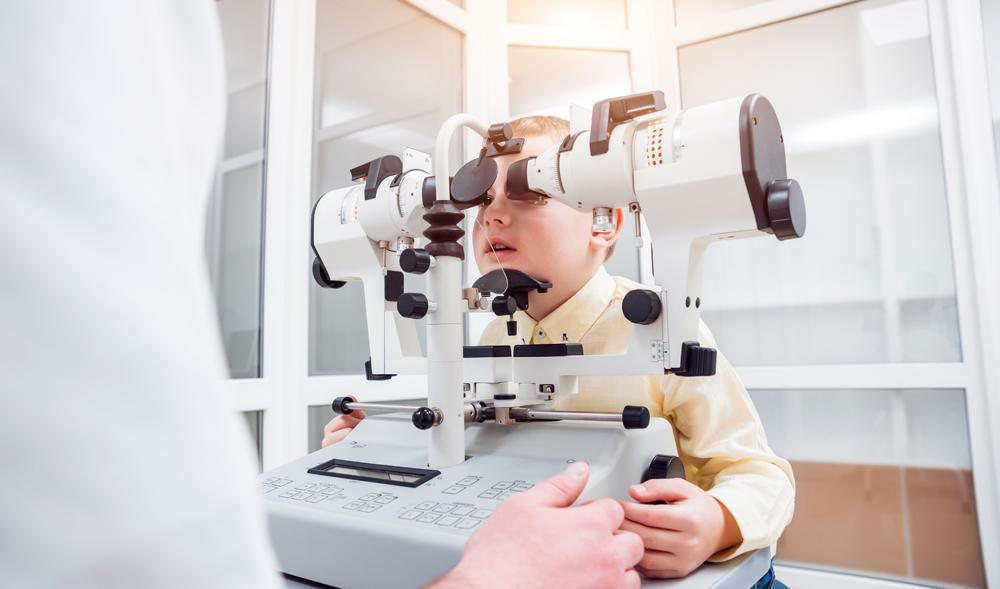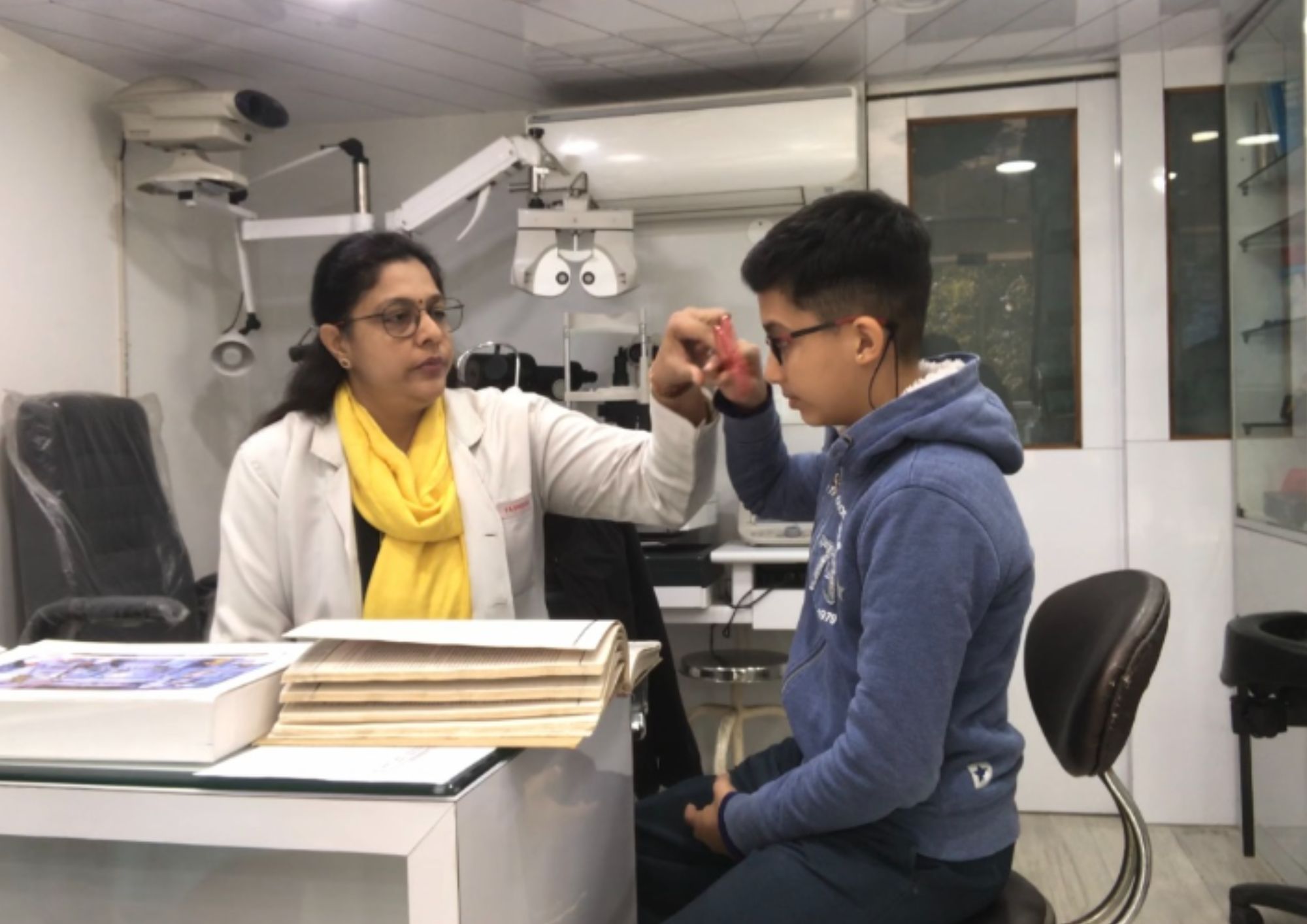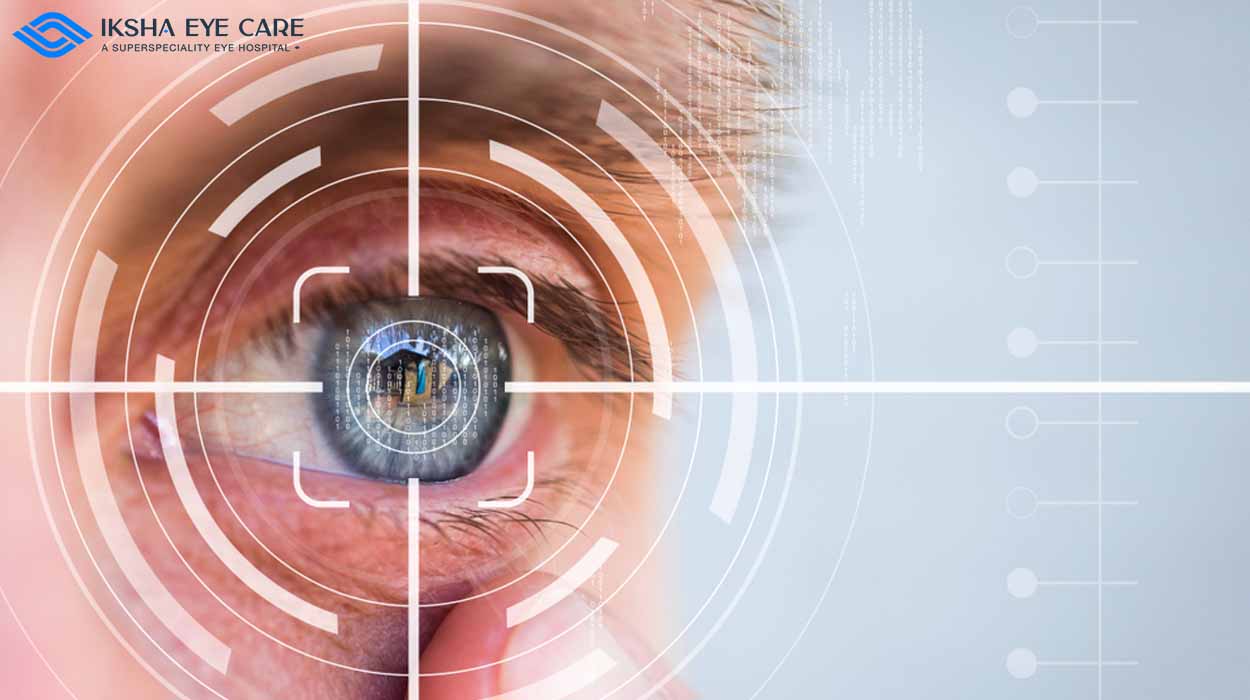Specialized Retina Service Near Me: Top-Notch Eye Treatment Professionals
Specialized Retina Service Near Me: Top-Notch Eye Treatment Professionals
Blog Article
The Duty of Advanced Diagnostic Tools in Identifying Eye Disorders
In the realm of ophthalmology, the utilization of advanced diagnostic devices has revolutionized the early recognition and monitoring of different eye problems. As the need for exact and timely diagnoses proceeds to expand, the assimilation of cutting-edge tools like optical comprehensibility tomography and visual area screening has actually become essential in the realm of eye treatment.
Relevance of Early Medical Diagnosis
Very early diagnosis plays a crucial function in the effective management and therapy of eye problems. Prompt recognition of eye conditions is critical as it enables prompt treatment, potentially preventing further progression of the disease and lessening long-term complications. By detecting eye disorders at an onset, doctor can use suitable therapy strategies tailored to the certain problem, ultimately resulting in far better results for patients. Very early medical diagnosis allows patients to access required assistance services and resources faster, enhancing their general top quality of life.

Innovation for Discovering Glaucoma
Sophisticated analysis technologies play an essential function in the early discovery and monitoring of glaucoma, a leading source of irreversible blindness worldwide. One such modern technology is optical comprehensibility tomography (OCT), which gives comprehensive cross-sectional photos of the retina, permitting the dimension of retinal nerve fiber layer density. This measurement is important in examining damage triggered by glaucoma. An additional sophisticated tool is aesthetic area testing, which maps the level of sensitivity of a patient's visual field, assisting to detect any type of areas of vision loss quality of glaucoma. In addition, tonometry is made use of to measure intraocular stress, a major risk element for glaucoma. This test is critical as elevated intraocular pressure can cause optic nerve damages. Furthermore, newer innovations like making use of expert system formulas in assessing imaging information are revealing encouraging cause the very early discovery of glaucoma. These sophisticated diagnostic devices make it possible for ophthalmologists to diagnose glaucoma in its beginning, allowing for prompt intervention and much better monitoring of the condition to stop vision loss.
Duty of Optical Coherence Tomography

OCT's look at here capacity to evaluate retinal nerve fiber layer density permits specific and objective dimensions, assisting in the very early detection of glaucoma also before visual field flaws become noticeable. Furthermore, OCT innovation allows longitudinal monitoring of structural changes gradually, assisting in tailored therapy strategies and prompt treatments to aid protect clients' vision. The non-invasive nature of OCT imaging likewise makes it a favored choice for monitoring glaucoma development, as it can be repeated routinely without creating discomfort helpful resources to the person. Overall, OCT plays an important duty in improving the diagnostic precision and monitoring of glaucoma, eventually contributing to much better results for people in jeopardy of vision loss.
Enhancing Diagnosis With Visual Field Testing
An essential component in thorough sensory examinations, aesthetic area screening plays an essential duty in improving the analysis procedure for various eye problems. By analyzing the full level of an individual's aesthetic area, this examination gives critical info about the practical honesty of the entire aesthetic pathway, from the retina to the visual cortex.
Visual area testing is particularly beneficial in the diagnosis and monitoring of problems such as glaucoma, optic nerve disorders, and numerous neurological diseases that can influence vision. Via measurable dimensions of outer and main vision, medical professionals can find refined changes that may show the existence or progression of these problems, even before recognizable symptoms happen.
Additionally, visual field screening permits for the tracking of therapy efficiency, helping ophthalmologists customize healing interventions to specific patients. eyecare near me. By tracking changes in visual area efficiency gradually, health care companies can make enlightened decisions regarding readjusting medications, recommending surgical treatments, or applying various other ideal measures to maintain or boost a person's visual function
Managing Macular Deterioration

Conclusion
To conclude, advanced analysis devices play an important function in determining eye disorders at an early stage. Technologies such as Optical Coherence Tomography and visual field testing have substantially improved the precision and effectiveness of detecting conditions like glaucoma and macular deterioration. Early discovery enables prompt treatment and management of these conditions, eventually resulting in much better results for people. It is vital for health care experts to stay upgraded on these advancements to offer the most effective feasible look after their individuals. eyecare near me.
Report this page